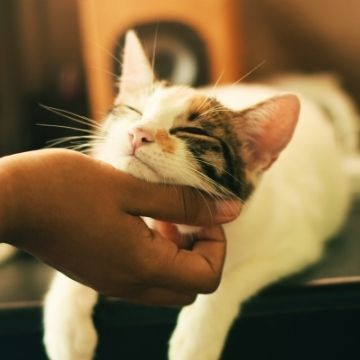How Much Does It Cost to Declaw a Cat? Is It Necessary?
Declawing, medically called onychectomy, is an operation to remove an animal's claws surgically by means of the amputation of all or part of the distal phalanges, or end bones, of the animal's toes.
Declawing the cat should be your last choice. It is discouraged by the American Veterinary Medical Association.
There are better choices for cat owners to achieve the benefits instead of declawing cats. Some areas in the United States have outlawed this practice.
Lionpapa has collected some information about the cost of clawing a cat. Hope the following information can give you a helping hand.

How much does it cost to declaw a cat?
On average, the surgery of declawing a cat costs $200 to $100. Cat claw prices depend on the weight, age of your cat, and the level of consumption of where you live.
The cost includes:
Preoperative examination: Before the surgery, your vet will take your cat to do some basic checks to ensure that your cat is in good condition for the entire declawing procedure.
Anesthesia: In most cases, it will cost $25 to $75. The amount of anesthetic depends on the cat's weight, so the bigger your cat is, the more money you need to pay.
Declawing techniques: Your vet will discuss how to declaw your pal with you in advance. There are three options: onychectomy, disarticulation, and laser method.
Aftercare: The surgery is not the end. Your cat has to recover from the operation. To help your pal get better soon, your cat will need antibiotics, pain relievers, or even an overnight stay at the clinic if needed.
Will my cat be in great pain?
When your cat comes out from under the anesthetic, the pain will come to your pal. As a cat lover like you, I understand it’s heartbreaking to see your cat some through pain. Your cat is the most precious thing for you.
Let’s learn about what your cat will go through after the surgery to help your friend.

It’s cats’ nature to try their best to hide their weaknesses and hide their pain, which is a survival instinct. Therefore, your cat will tend to show no sign of suffering. Once you can’t notice that, your cat will not receive enough painkillers. Then your pal will suffer more than normal.
We highly recommend you pay more attention to your cat during the days after the declawing surgery. It is possible that the incision accidentally opens, which may cause infections. Once it happens, talk to your vet right away to avoid injury or worse.
Furthermore, your cat has the tendency to urinate or poop outside of the litter box because of the pain in claws. If it occurs, then don’t get angry with your pal.
What if I don’t declaw my kitten?

(sofa and wall scratched by cats)
The top reason why cat owners choose to declaw their cats should be to prevent them from destructive behavior, such as scratching up furniture, walls, and even people. However, there are other alternatives to make it. It's advised to try alternative methods before deciding to declaw your cat.

The simplest and most affordable tip is to trim your cat’s nails regularly. And train your pal to play with a scratch post. It costs about $30, to kill two birds with one stone: keep your cat from destroying your belongings and entice your pal to exercise more.
If you want to know more information about cats, Lionpapa has posted many blogs about cats. Browse now.




